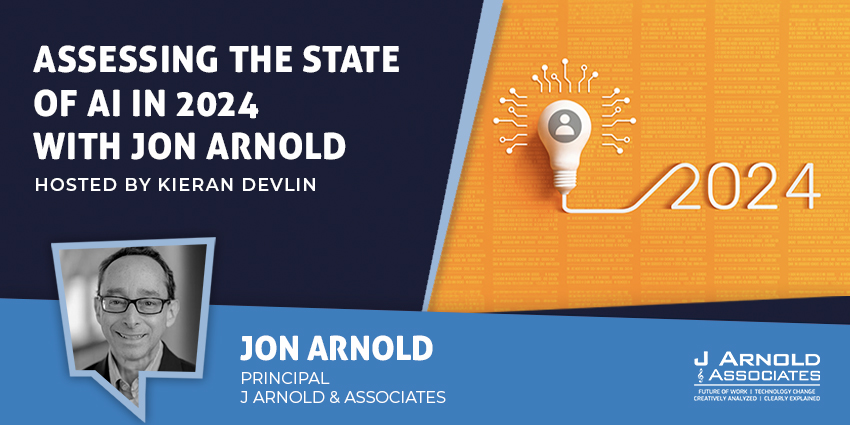When change is afoot, you want to know what’s coming.
You want to know what the future new state will look like and identify the possible pitfalls.
And you want to plan so you are ready.
Nowhere is all of that more pertinent than in the retail sector, where making the right strategic moves now is about as important as it gets.
The dichotomy is a fascinating one: on one hand, technology could be partly blamed for the demise of the traditional High Street.
On the other, technology is now helping to pave the way for retailers to adapt.
The new model is likely to have multiple formats: physical stores will remain but may operate differently; click and collect will continue to flourish; retail outlets of every kind will deploy fresh, new ideas designed to entice footfall and keep customers inside for longer.
All of that – and here comes the channel opportunity – will depend upon communication technology.
Specifically, its functionality, security and, most importantly of all, its reliability.
And THAT means performance monitoring is the new best buy.
“Retail is an important vertical for every modern economy and it’s important to understand the unique nature of its technological challenges,” says Richard Thomas, founder and CEO of UK Service Assurance disruptor Highlight, whose clever solutions are helping the sector power on to its next iteration.
“Retail is where the rubber meets the road. It’s where the delivery of a service to the public occurs, so it has to work smoothly and very quickly.
“People have to be processed fast and transactions have to take place extremely rapidly. It all appears effortless from the customer’s perspective but an awful lot has to go on in the background for it to work.
“Much of it depends on a communications channel of one kind or another and they simply have to work all of the time.
“If a large supermarket goes offline for just a moment, it can take hours for it to rectify the consequences.”
The issues are exacerbated by the number of endpoints routinely in play in a retail setting.
Numbers of staff and customers simultaneously connecting with broadband and 4/5G services can be significant – multiplied exponentially when spread across the kind of large estate normally associated with a national chain.
Typically, the tech has been deployed in a way that seeks to save cost wherever possible and so can be prone to threats such as constantly adjusting bandwidths and random, unpredictable signal-blocking.
Additionally, retail organisations generally run their technology remotely from a central IT team, often physically detached by large distances from sites that may experience business-critical issues.
The best-practice response to these myriad challenges is NextGen performance monitoring (such as that provided by Highlight) – all the tech; every channel, platform, app and endpoint connection visible via one easy-to-use, affordable portal.
To coin a phrase, the archetypal ‘single pane of glass’.
“It not only spots and responds to real-time issues, it’s also very good at predicting failure, giving a warning and deploying a fix,” says Thomas.
“Networks are very good at coping with minor problems – like a car automatically switching to four-wheel drive when it hits mud.
“If you’re not paying attention, you won’t notice this happening – especially across a large estate – but it’s a clue something’s not right.
“Having good visibility enables you to spot these patterns of poor performance, such as signal-blocking occurring every time a delivery lorry parks in a particular place on the same day each week.
“It means you can be proactive in your performance management and fix problems before you get the phone calls.
“There’s so much going on at any one time in today’s retail settings. The pressure that a network is under is only ever going to increase.”
And what about that future model?
Highlight is already supporting a Europe-wide chain of petrol stations in its development of extra customer service offerings for drivers staying longer whilst they charge their electric vehicles.
Fast-food outlets will become increasingly dependent on online ordering; Automatic Number Plate Recognition (ANPR) is likely to be the new normal when it comes to customer collection processes, and the High Street coffee shop is already well-advanced along its path of reinvention to the uber-connected corporate workplace.
Staff at physical fashion outlets are already helping customers shop faster and smarter via hand-held tablets.
And, in the supermarkets, integrated and unified systems connect increasingly sophisticated customer behaviours to purchasing strategies, staff workflows and stock management.
“The truth is that no-one really knows what retail will look like in five years,” says Highlight’s Director of Sales Bimal Modha.
“It’s more likely to be the new beginning rather than the end.
“If they are able to rely on the functionality of their technology, the best performers will be able to respond to all of the demands and capitalise on the new opportunities.
“The sector WILL evolve rapidly. The one thing it should be doing right now is ensuring it has the right infrastructure in place so that it is ready for whatever the future brings.”







